June 12, 2014
UK public sector estate now reduced by 2 million square metres over three years
 The UK Cabinet Office has today issued the latest edition of its regular State of the Estate Report which shows that the government has reduced the size of the public sector estate by 2 million square metres since 2010 – which it claims will boost economic growth and save a cumulative £1.2 billion with more savings in the pipeline. Now in its third year, the report also shows that: during 2013 there was a 500,000 sq m reduction in the size of the estate; £240 million was saved on running costs, against a 2009 to 2010 baseline; there was a 7.6 percent reduction in the cost of office space per employee; office space per employee was down from 13 square metres to 11.9 square metres; carbon emissions were down by 14 percent; and waste produced was down by 15 percent. The reductions are a core element in the Government’s plans to consolidate and modernise the public sector estate.
The UK Cabinet Office has today issued the latest edition of its regular State of the Estate Report which shows that the government has reduced the size of the public sector estate by 2 million square metres since 2010 – which it claims will boost economic growth and save a cumulative £1.2 billion with more savings in the pipeline. Now in its third year, the report also shows that: during 2013 there was a 500,000 sq m reduction in the size of the estate; £240 million was saved on running costs, against a 2009 to 2010 baseline; there was a 7.6 percent reduction in the cost of office space per employee; office space per employee was down from 13 square metres to 11.9 square metres; carbon emissions were down by 14 percent; and waste produced was down by 15 percent. The reductions are a core element in the Government’s plans to consolidate and modernise the public sector estate.




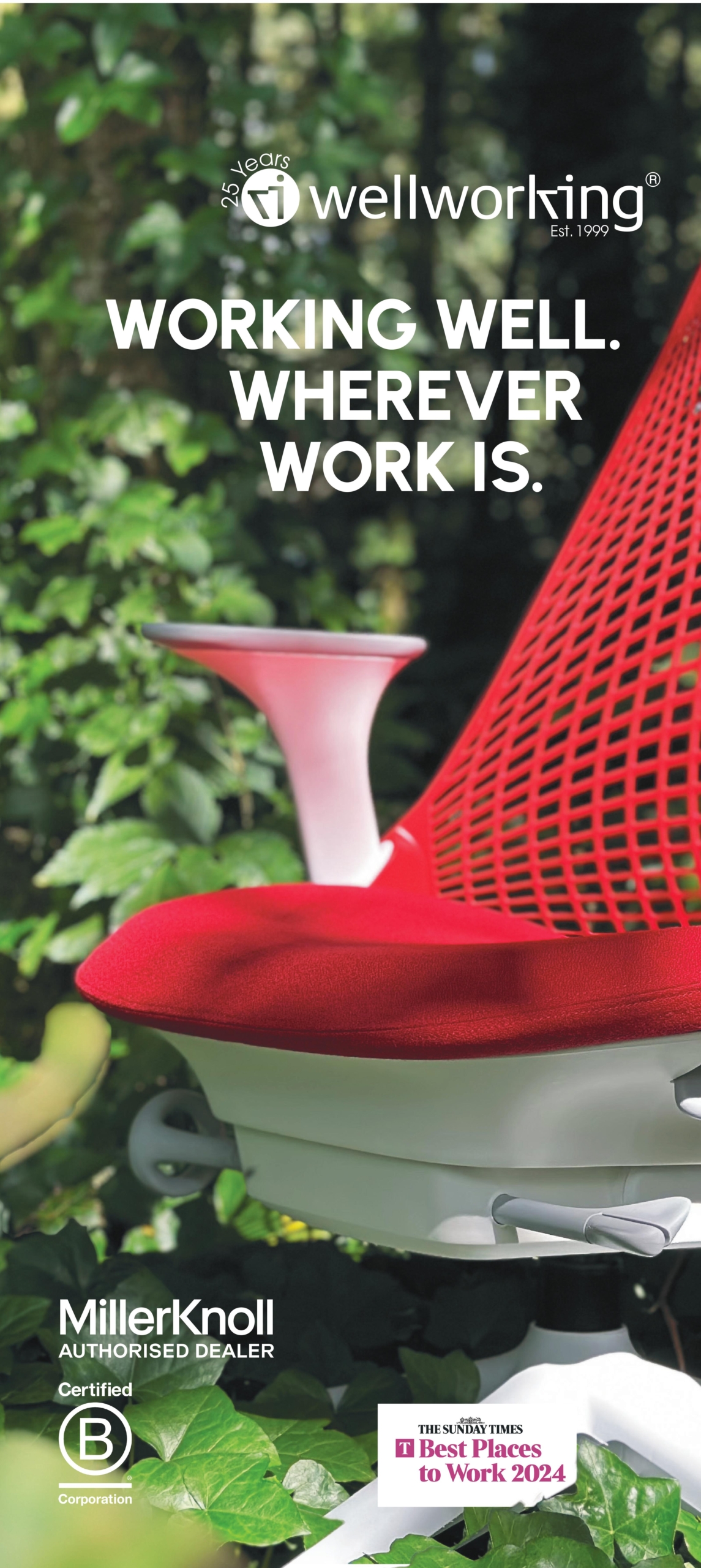

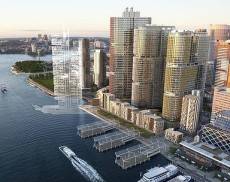
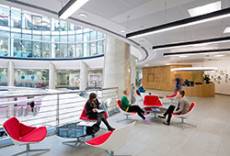
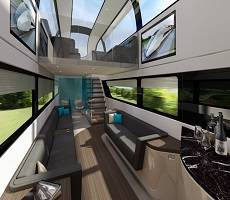
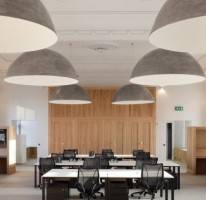
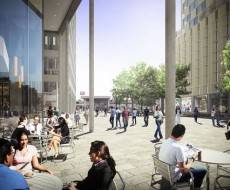



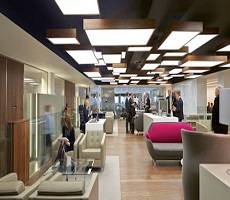





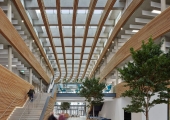
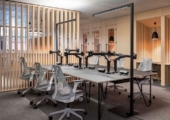


April 22, 2014
On Green Earth Day, a reminder of how we struggle to understand ‘green’
by Mark Eltringham • Comment, Environment
More →